Even under the most optimistic scenarios, the Arctic would begin experiencing ice-free summer months around mid-century, 10 years earlier than leading climate scientists previously predicted.
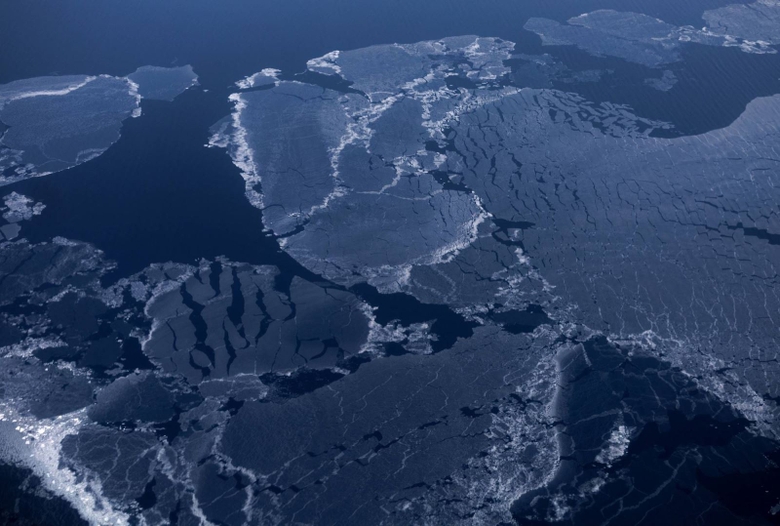
In its most recent landmark report, the Intergovernmental Panel on Climate Change (IPCC) predicted the Arctic will see an ice-free September around 2050, if humans continue to emit greenhouse gases at high or moderate rates.
But the new study, published on June 6 in the journal Nature Communications, says this would happen even under a low-emissions scenario, with higher emissions leading to ice-free months in the Arctic as early as 2030-2040.
“We are basically saying that it is too late to save summer sea ice in the Arctic,” said Dirk Notz, an oceanographer at the University of Hamburg in Germany who specializes in sea ice and one of the study’s authors. “We can’t really do anything about this complete disappearance because we’ve waited too long.”
The IPCC had predicted ice-free summers would occur before 2050, with climate models holding out hope that low emissions could delay that grim milestone.
Arctic sea ice coverage is typically lowest in September, the end of summer, before increasing again in the colder, darker fall and winter months and peaking in March. Researchers say an ice-free Arctic would have major global impacts.
As the temperature difference between the Arctic and lower latitudes narrows, changes in atmospheric flow will become more intense. A warmer Arctic will cause permafrost to melt more rapidly, releasing more greenhouse gases into the atmosphere. The Greenland ice sheet will also likely melt more rapidly, meaning sea levels will rise more.
“If Arctic sea ice melts faster than predicted, then Arctic warming will also occur faster,” said Seung-Ki Min, study author and professor of environmental science at Pohang University of Science and Technology in South Korea.
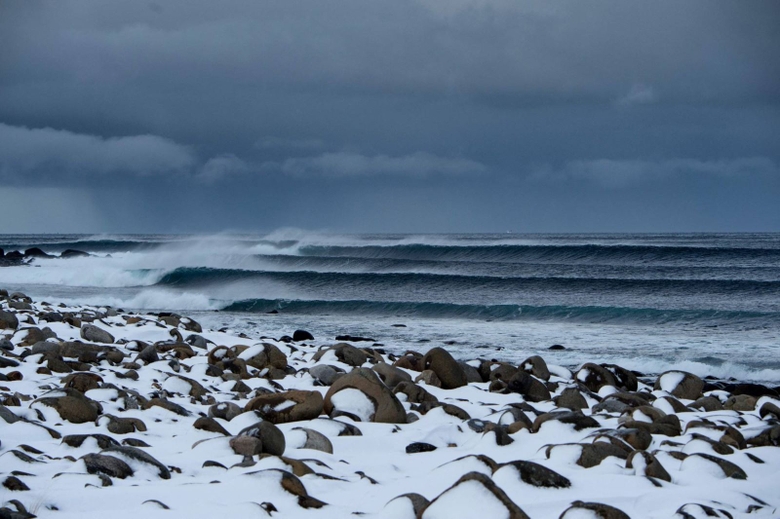
New research also shows that about 90% of the melting ice in the Arctic sea is due to human impact, 10% is caused by natural factors.
When human impacts can be measured and integrated into climate models, it will provide a clearer picture of when the Arctic ice will disappear, said Mark Serreze, director of the National Snow and Ice Data Center at the University of Colorado. This method is more accurate than other methods - such as extrapolating from past temperature trends.
Serreze believes that Arctic sea ice will disappear by the end of summer in the future. But the question is always when, and the answer is complicated by a number of factors — including errors in existing climate models and the large amount of natural variability in climate data. Changes in weather patterns are largely unpredictable at any given time. What’s more, phenomena like El Niño or La Niña can cause fluctuations that last for years.
Oceanographer Notz says that while we know that the ice loss is largely caused by human activity and that we can take action to slow it down, as climate models improve, he predicts more bad news.
“I hope that more and more similar studies will be conducted, exploring other aspects of the Earth system. That will also say: We have been warning people all along, but people have not responded. Now it is too late to act.”
Source link


![[UPDATE] April 30th parade rehearsal on Le Duan street in front of Independence Palace](https://vstatic.vietnam.vn/vietnam/resource/IMAGE/2025/4/18/8f2604c6bc5648d4b918bd6867d08396)




![[Photo] Prime Minister Pham Minh Chinh receives Mr. Jefferey Perlman, CEO of Warburg Pincus Group (USA)](https://vstatic.vietnam.vn/vietnam/resource/IMAGE/2025/4/18/c37781eeb50342f09d8fe6841db2426c)




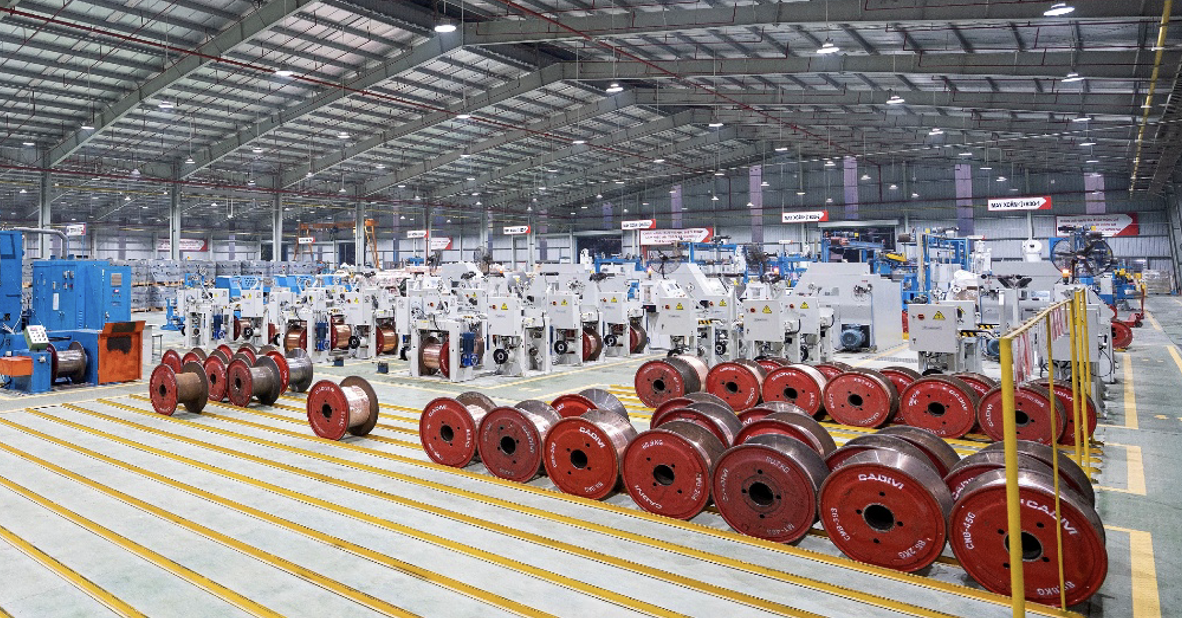

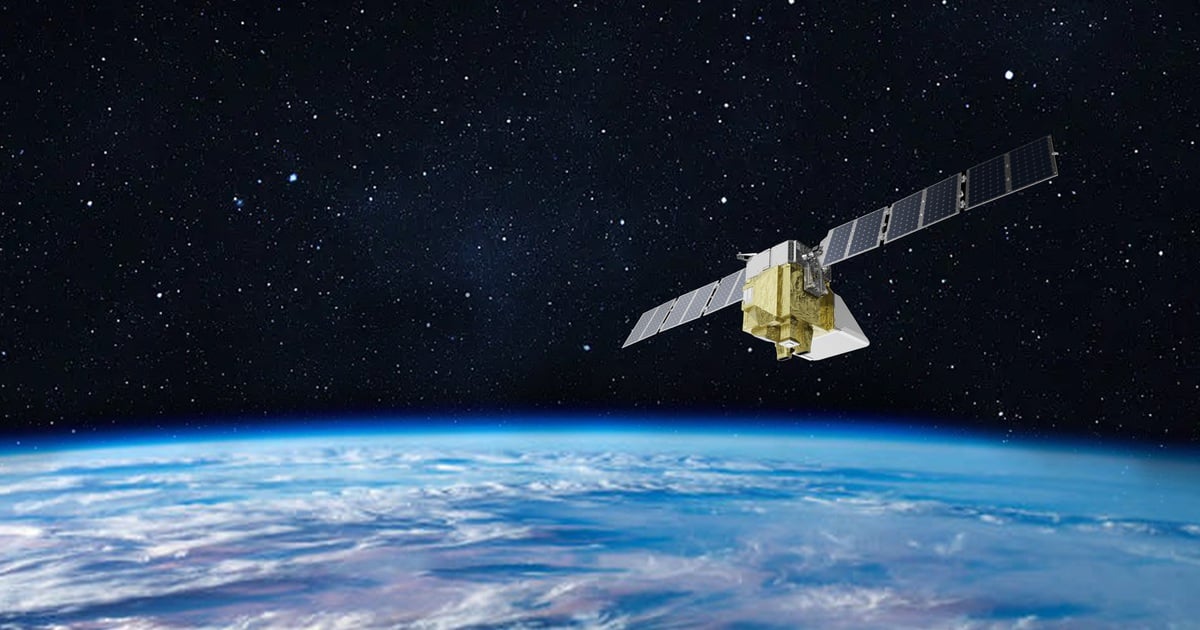
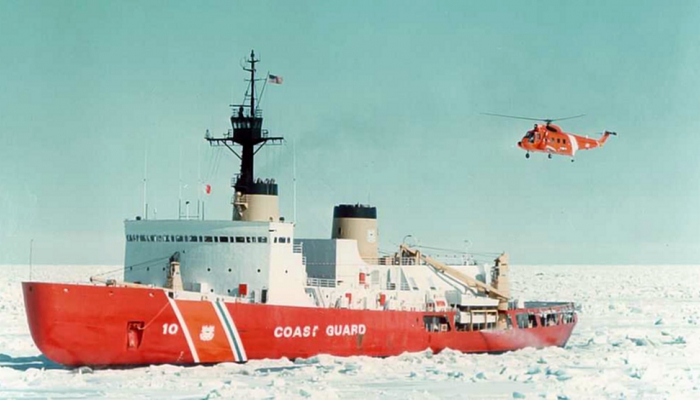




![[Infographic] Schedule of events for the Summer Festival "Sa Pa - Land of Love"](https://vstatic.vietnam.vn/vietnam/resource/IMAGE/2025/4/19/5c21be1cf28d4966a54706e79b78ff3d)

























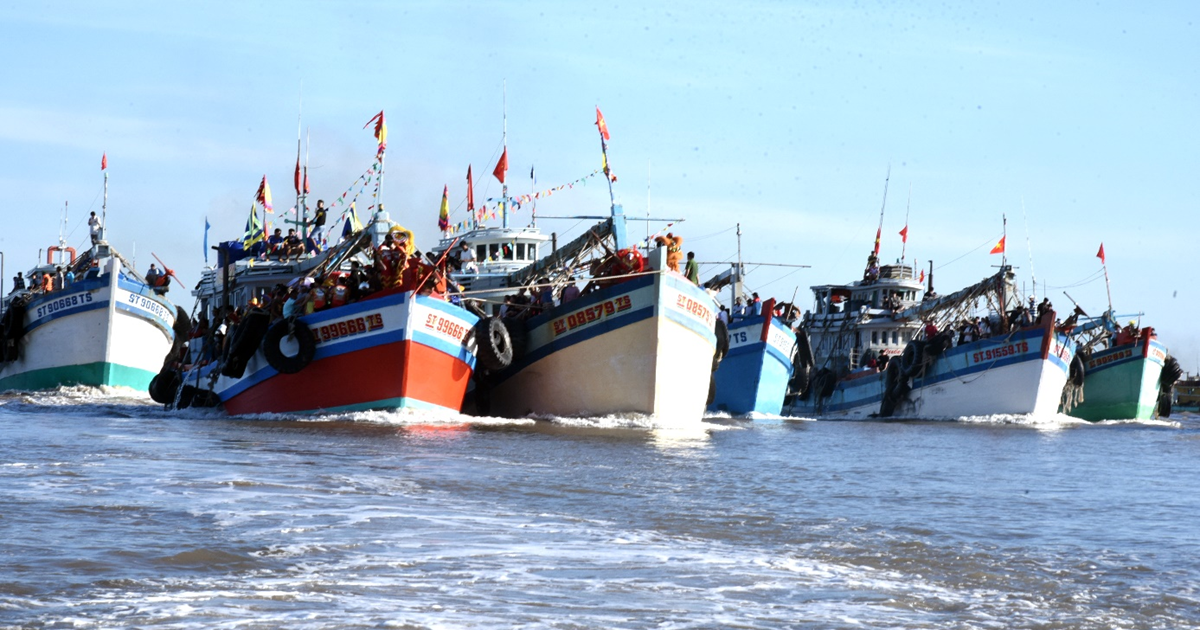






















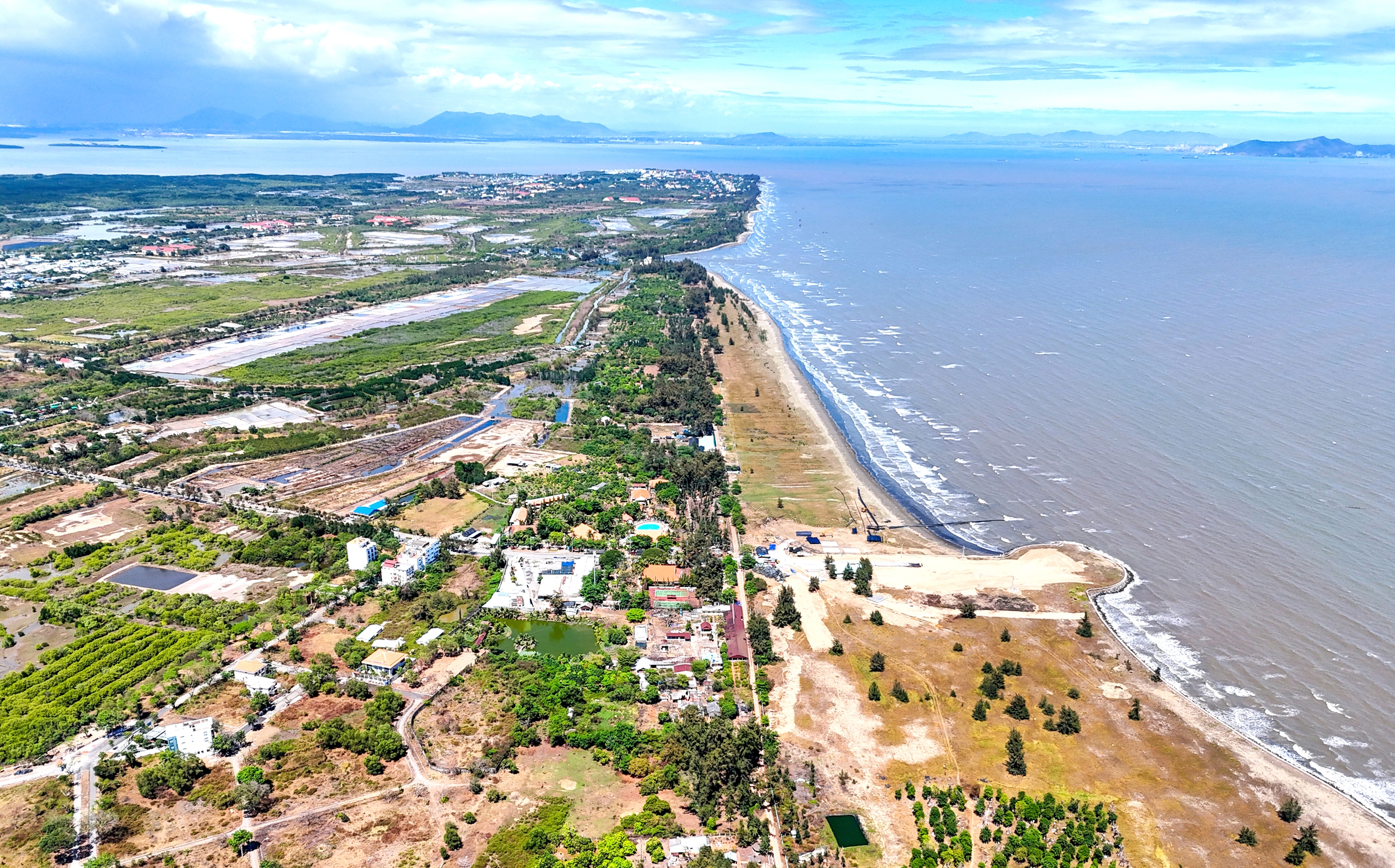































Comment (0)